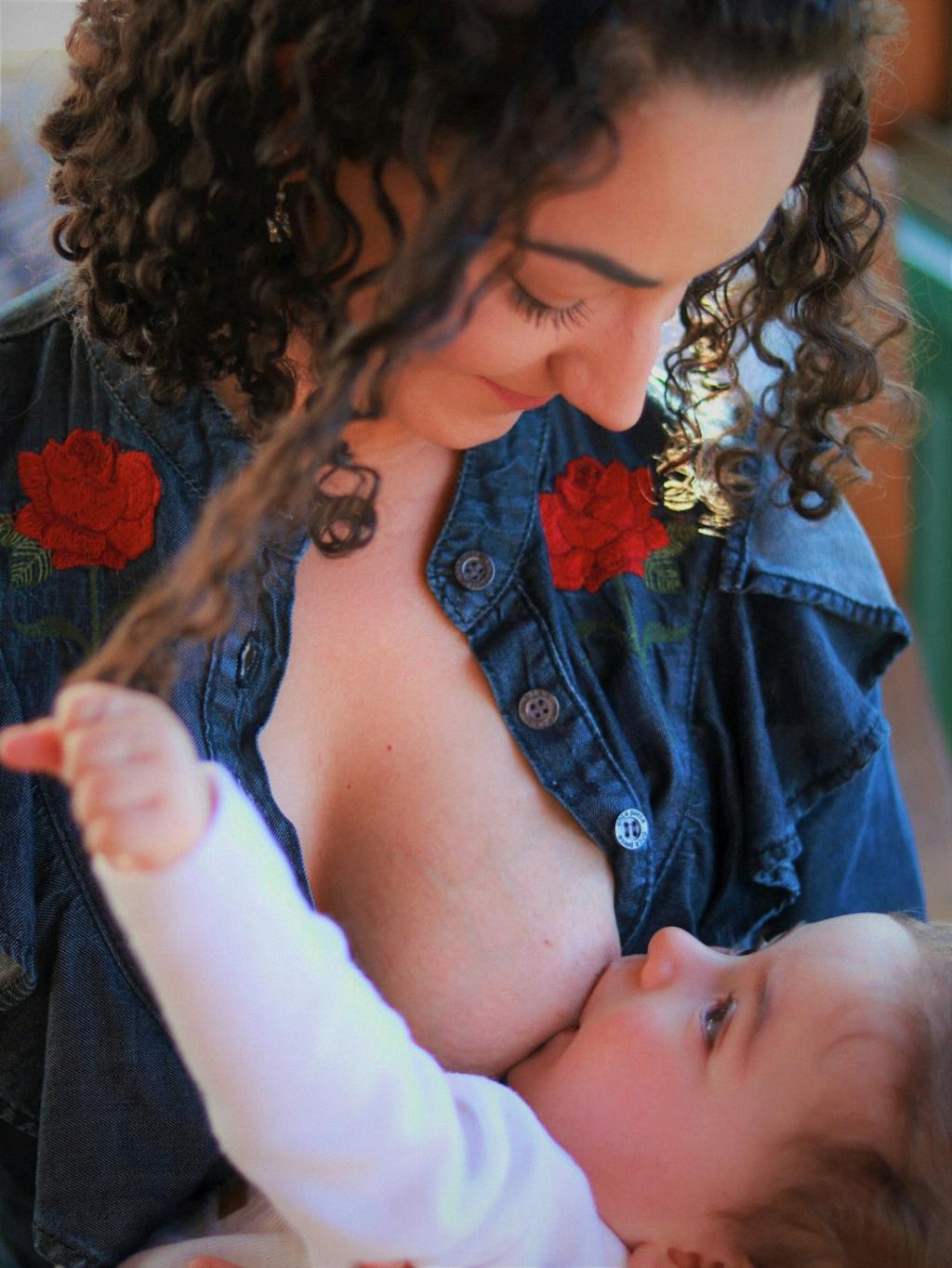When you’re faced with the challenge of breastfeeding a baby with reflux, it’s important to understand that certain positions can significantly reduce the symptoms of reflux. Research has shown that lying on the left side and placing the baby in a prone position (tummy down) can help alleviate reflux issues.
It’s crucial to note that positioning the infant in a prone position should only be done when the child is awake and can be closely monitored. This position can be beneficial in reducing reflux, but safety should always be the top priority.
Another useful technique when breastfeeding a baby with reflux is to try different feeding positions. Experiment with reclining positions that keep the baby’s head elevated slightly above the stomach. This can help prevent milk from flowing back into the esophagus and minimize reflux episodes.
Some mothers find success in using a laid-back breastfeeding position, also known as biological nurturing. This position allows the baby to be in close contact with the mother’s body, promoting better digestion and reducing the likelihood of reflux.
It’s important to burp your baby frequently during feedings to help release any trapped air that could contribute to reflux symptoms. Pause during the feeding to burp your baby and make sure they are comfortable before resuming feeding.
Consider the timing of feedings when breastfeeding a baby with reflux. Small, frequent feedings may be more manageable for infants with reflux compared to larger, less frequent meals. This approach can help prevent overfeeding and reduce the likelihood of reflux episodes.
Pay attention to your baby’s cues during feedings. If your baby seems uncomfortable or is showing signs of reflux, such as arching their back or pulling away during feedings, take a break and try a different feeding position.
Stay upright after feedings to help gravity keep food down in the stomach and prevent reflux. Holding your baby upright for about 20-30 minutes after feeding can aid in digestion and reduce the chances of reflux.
It’s essential to maintain a calm and soothing environment during feedings to minimize stress and tension, which can exacerbate reflux symptoms. Create a peaceful atmosphere for feeding time to help your baby relax and digest more comfortably.
Consider implementing gentle motion during feedings, such as rocking or swaying, to help soothe your baby and aid in digestion. Gentle movements can promote relaxation and comfort, potentially reducing reflux symptoms during and after feedings.
Consult with your pediatrician or a lactation consultant if you have concerns about breastfeeding a baby with reflux. They can provide personalized guidance and support to help you navigate the challenges of managing reflux symptoms while breastfeeding.
Remember that each baby is unique, and what works for one may not work for another. Be patient and persistent in finding the right feeding techniques that suit your baby’s needs and comfort levels. With time and experimentation, you can develop a feeding routine that helps alleviate reflux symptoms and promotes a positive breastfeeding experience for both you and your baby.

